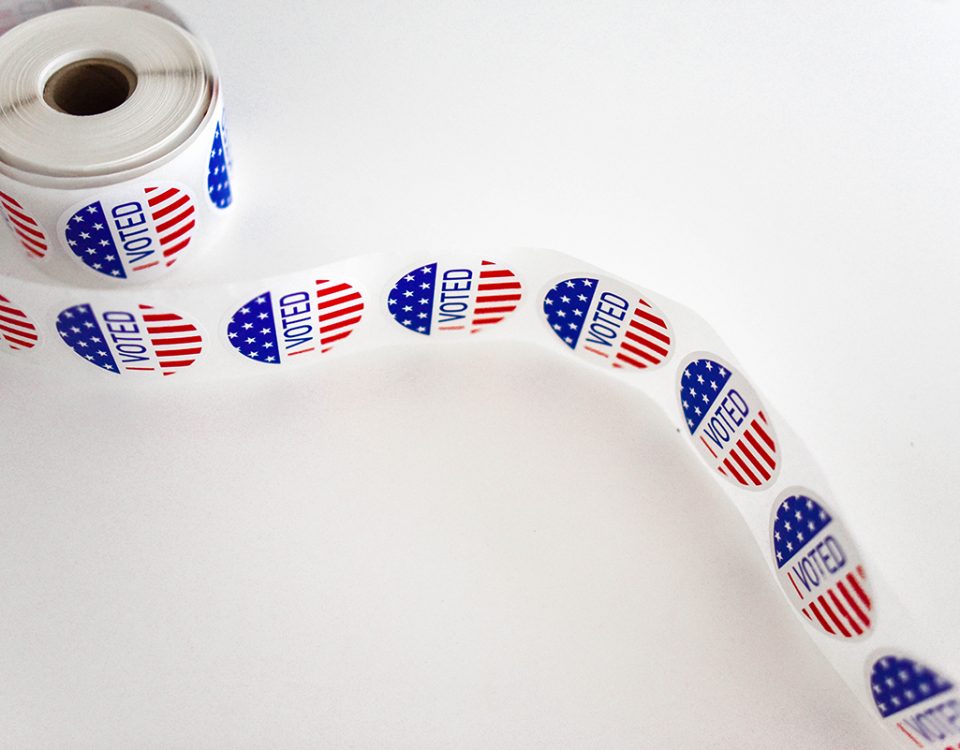
Does Continuing Education Matter for Prelicensed Therapists?
January 23, 2018
CAMFT Chapter Leadership Conference 2018
March 29, 2018Discussions about California’s “six-year rule” for prelicensed family therapists (MFTs), clinical counselors (PCCs), and clinical social workers (CSWs) often turn confusing. There’s a simple reason for that. When people refer to California’s “six-year rule,” they actually might be referring to either one of two different rules, both of which have six-year timeframes. Here’s a breakdown of both six-year rules.
1. An associate registration is good for six years
Let’s say that Melissa is a prelicensed counselor who just completed her graduate degree. (The specific profession doesn’t really matter. All three professions have parallel rules here.) She applies for associate registration, and is registered as of March 2018. That associate registration number she has been given is good for up to six years. (This, too, can get confusing: It technically “expires” every year unless it is renewed by March. But it can be renewed for up to a total of six years.)
If her six years are up in 2024, and Melissa has not gotten all the way to licensure, she can apply for a second associate registration number. The only thing that substantively changes under a second registration number is that Melissa can no longer work in a private practice.
2. Your most recent six years of experience count toward licensure
Let’s say that Melissa didn’t complete her hours before that 2024 deadline, and indeed did go ahead and get a second associate registration. Her hours don’t start back at zero. If she was close to being done with her hours, she’s still in good shape. From the date of your application for clinical exam eligibility, the BBS will count backwards six years. Your supervised Associate experience during that six-year timeframe counts toward licensure, even if it was gained under two different registration numbers. This is the second six-year rule. It is backward-looking.
Many prelicensed therapists are currently working under a second registration, some even under a third or fourth. According to recent statistics from the Board of Behavioral Sciences [page 164], one in eight current associate MFTs is on a second (or later) registration. The same is true for one in 10 associate CSWs. It’s not at all unusual, nor is it especially problematic. Of course you want to make your way to licensure as quickly as possible, but life happens. Lots of people get sidetracked along the way. If you’re coming up on that six-year mark, don’t worry that all will be lost. Your recent experience stays with you.
And if you’re specifically working toward MFT licensure, you have one quirky advantage in the law: Your client contact hours from practicum – up to 500 of them – are forever countable toward licensure, no matter how old.
As you can see, these two rules work hand-in-hand, but they aren’t the same. So the next time someone comments or asks about the six-year rule, your first response should be, “Which one?”






1 Comment
This was very helpful! Thank you!